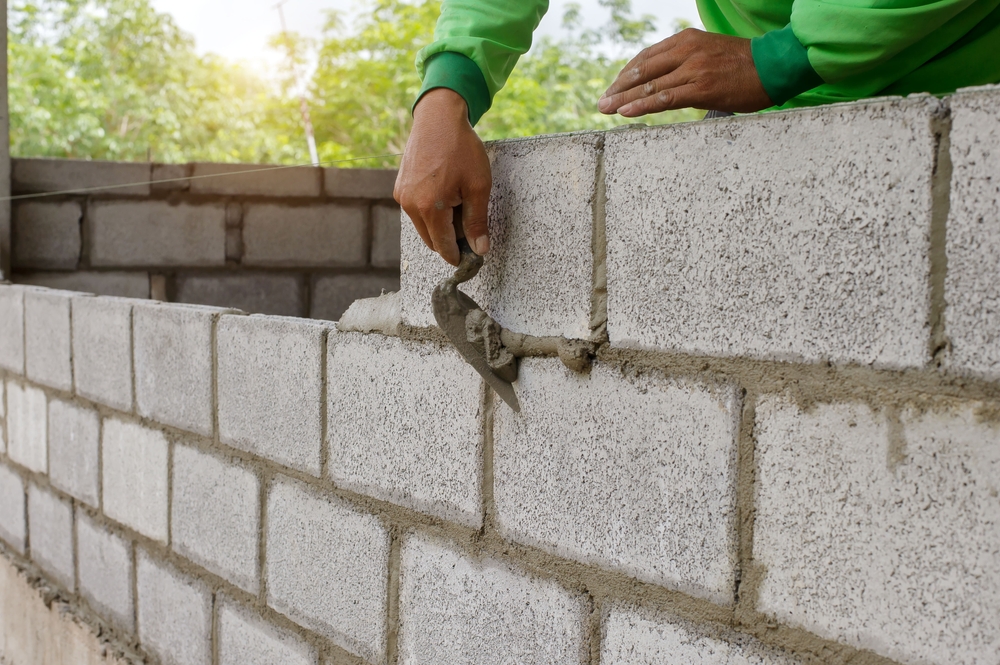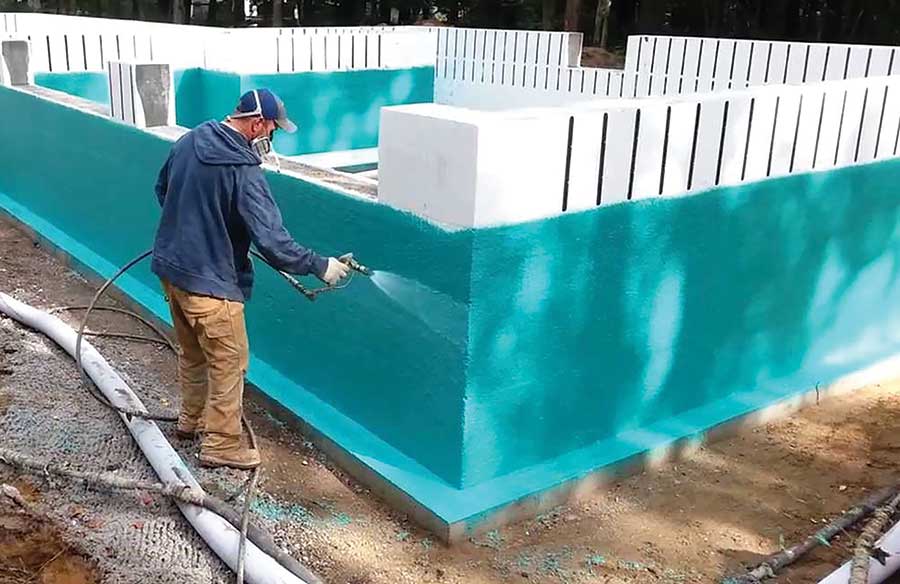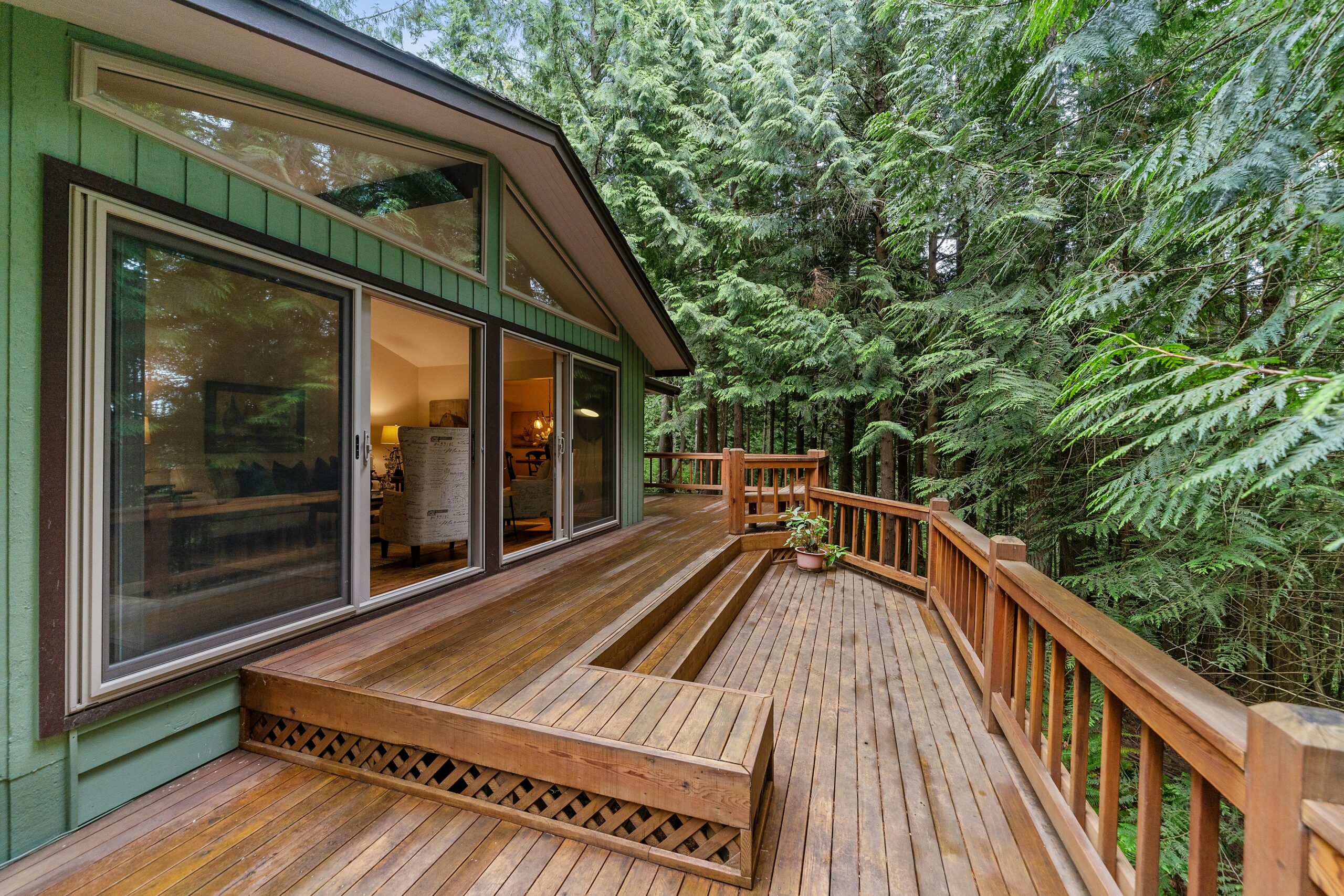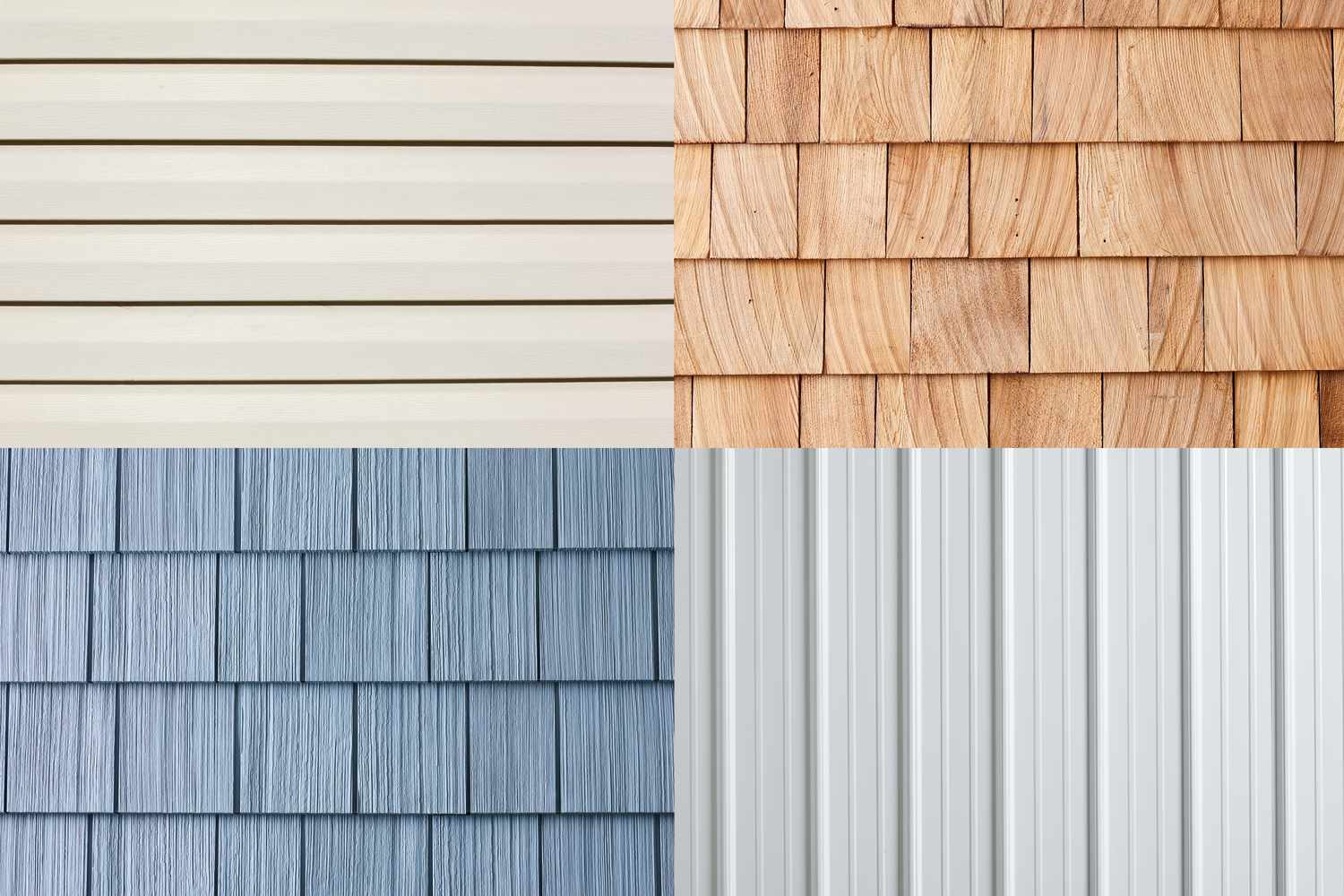When it comes to choosing a roof for your New Jersey home, the decision between flat and pitched roofs is one of the most important architectural choices you’ll make. This choice affects not only your home’s appearance but also its performance, maintenance requirements, and long-term value. At American Supreme Construction, we’ve helped countless New Jersey homeowners make this critical decision, and we understand the unique factors that influence roof selection in our state’s diverse climate.
Understanding Roof Types: Flat vs. Pitched
What is a Flat Roof?
A flat roof, despite its name, has a very slight slope (typically 1-10 degrees) to allow for water drainage. These roofs are characterized by their horizontal or nearly horizontal surface and are commonly found on modern, contemporary, and commercial buildings.
What is a Pitched Roof?
A pitched roof has a noticeable slope (typically 15 degrees or more) and includes various styles such as gable, hip, mansard, and gambrel roofs. These traditional roof designs are more common in residential construction and offer distinct advantages in certain climates.
New Jersey’s Climate and Roofing Considerations
Weather Challenges in New Jersey
New Jersey’s climate presents unique challenges that influence roof selection:
Precipitation Patterns:
- Average annual rainfall: 45-50 inches
- Seasonal storms and hurricanes
- Snow accumulation in winter months
- High humidity levels, especially in coastal areas
Temperature Extremes:
- Summer highs reaching 90°F+
- Winter lows dropping below 0°F
- Significant temperature fluctuations
- Freeze-thaw cycles
Environmental Factors:
- Coastal salt air in shore areas
- Urban pollution in metropolitan areas
- Tree coverage and debris
- Wind exposure and storm damage
How Climate Affects Roof Performance
Both roof types must handle:
- Water drainage and waterproofing
- Thermal expansion and contraction
- Wind resistance and uplift
- Snow and ice management
- UV exposure and degradation
Flat Roofs: Pros and Cons
Advantages of Flat Roofs
Modern Aesthetic:
- Contemporary, clean appearance
- Minimalist design appeal
- Complements modern architecture
- Versatile design possibilities
Space Utilization:
- Potential for rooftop gardens
- HVAC equipment placement
- Solar panel installation
- Outdoor living spaces
Cost Considerations:
- Generally lower initial cost
- Less material required
- Simpler construction process
- Easier access for maintenance
Energy Efficiency:
- Better insulation opportunities
- Reduced air infiltration
- Improved energy performance
- Potential for green roof systems
Disadvantages of Flat Roofs
Drainage Challenges:
- Requires careful slope design
- Potential for water pooling
- More complex drainage systems
- Higher maintenance requirements
Weather Vulnerability:
- Less effective in heavy snow
- Potential for ice dam formation
- More susceptible to wind damage
- Limited natural drainage
Maintenance Requirements:
- Regular inspection and cleaning
- Frequent waterproofing needs
- Debris accumulation issues
- Professional maintenance often required
Lifespan Considerations:
- Generally shorter lifespan
- More frequent replacement needs
- Higher long-term costs
- Limited warranty coverage
Pitched Roofs: Pros and Cons
Advantages of Pitched Roofs
Natural Drainage:
- Excellent water runoff
- Self-cleaning design
- Reduced pooling issues
- Better snow and ice management
Durability and Longevity:
- Longer lifespan (20-50+ years)
- Better weather resistance
- Reduced maintenance needs
- Superior warranty coverage
Weather Performance:
- Excellent in heavy precipitation
- Better wind resistance
- Effective snow shedding
- Natural ventilation benefits
Aesthetic Appeal:
- Traditional, classic appearance
- Wide variety of styles
- Enhanced curb appeal
- Better resale value
Disadvantages of Pitched Roofs
Cost Considerations:
- Higher initial installation cost
- More complex construction
- Additional material requirements
- Skilled labor needed
Space Limitations:
- Limited attic space utilization
- HVAC equipment placement challenges
- Reduced solar panel options
- Less outdoor space potential
Maintenance Access:
- More difficult to access
- Safety concerns for maintenance
- Professional service often required
- Higher maintenance costs
Material Options for Each Roof Type
Flat Roof Materials
Built-Up Roofing (BUR):
- Multiple layers of asphalt and felt
- Good durability and waterproofing
- Cost-effective option
- 15-20 year lifespan
Modified Bitumen:
- Polymer-modified asphalt
- Excellent flexibility and durability
- Good for temperature extremes
- 20-25 year lifespan
EPDM (Ethylene Propylene Diene Monomer):
- Synthetic rubber membrane
- Excellent UV resistance
- Low maintenance requirements
- 25-30 year lifespan
TPO (Thermoplastic Olefin):
- Single-ply membrane
- Energy-efficient white option
- Good chemical resistance
- 20-25 year lifespan
PVC (Polyvinyl Chloride):
- Single-ply membrane
- Excellent durability
- Chemical and fire resistance
- 25-30 year lifespan
Pitched Roof Materials
Asphalt Shingles:
- Most popular residential choice
- Cost-effective and durable
- Wide variety of styles
- 20-30 year lifespan
Metal Roofing:
- Excellent durability and longevity
- Superior weather resistance
- Energy-efficient options
- 40-70 year lifespan
Slate Roofing:
- Premium natural material
- Exceptional longevity
- Classic appearance
- 75-100+ year lifespan
Wood Shakes/Shingles:
- Natural, rustic appearance
- Good insulation properties
- Requires regular maintenance
- 20-40 year lifespan
Tile Roofing:
- Clay or concrete options
- Excellent durability
- Distinctive appearance
- 50-100 year lifespan
Cost Comparison and ROI
Initial Installation Costs
Flat Roofs:
- Basic EPDM: $4-8 per square foot
- TPO/PVC: $5-10 per square foot
- Built-up roofing: $3-7 per square foot
- Green roof systems: $15-25 per square foot
Pitched Roofs:
- Asphalt shingles: $3-8 per square foot
- Metal roofing: $8-15 per square foot
- Slate roofing: $15-30 per square foot
- Tile roofing: $10-20 per square foot
Long-Term Cost Considerations
Maintenance Costs:
- Flat roofs: Higher annual maintenance
- Pitched roofs: Lower maintenance requirements
- Flat roofs: More frequent repairs
- Pitched roofs: Longer intervals between repairs
Replacement Costs:
- Flat roofs: More frequent replacement
- Pitched roofs: Longer replacement cycles
- Flat roofs: Lower per-installation cost
- Pitched roofs: Higher per-installation cost
Energy Efficiency:
- Flat roofs: Better insulation potential
- Pitched roofs: Natural ventilation benefits
- Flat roofs: Solar panel optimization
- Pitched roofs: Traditional energy efficiency
New Jersey-Specific Considerations
Regional Climate Variations
Coastal Areas:
- Higher humidity and salt exposure
- Hurricane and storm considerations
- Wind resistance requirements
- Corrosion-resistant materials needed
Northern New Jersey:
- Heavy snowfall and ice concerns
- Freeze-thaw cycle management
- Snow load calculations
- Ice dam prevention
Urban Areas:
- Pollution and debris considerations
- Heat island effect
- Limited space for equipment
- Noise and vibration concerns
Building Code Requirements
Local Regulations:
- Snow load requirements
- Wind resistance standards
- Fire safety regulations
- Energy efficiency codes
Permit Requirements:
- Structural engineering review
- Building department approval
- Inspection requirements
- Documentation needs
Making the Right Choice for Your Home
Factors to Consider
Architectural Style:
- Home design and period
- Neighborhood consistency
- Personal aesthetic preferences
- Future design plans
Budget Constraints:
- Initial installation budget
- Long-term maintenance costs
- Energy efficiency goals
- Resale value considerations
Lifestyle Needs:
- Rooftop space requirements
- Solar panel installation plans
- HVAC equipment placement
- Maintenance preferences
Climate Considerations:
- Local weather patterns
- Storm frequency and intensity
- Temperature extremes
- Environmental factors
Professional Assessment
Structural Evaluation:
- Current roof condition
- Structural integrity assessment
- Load-bearing capacity
- Foundation considerations
Climate Analysis:
- Local weather data review
- Storm history assessment
- Environmental factor analysis
- Performance requirements
Cost-Benefit Analysis:
- Initial investment comparison
- Long-term cost projection
- Energy efficiency benefits
- Resale value impact
Installation and Maintenance Considerations
Flat Roof Installation
Proper Slope Design:
- Minimum 1/4 inch per foot slope
- Strategic drainage points
- Proper flashing installation
- Waterproofing considerations
Material Selection:
- Climate-appropriate materials
- Quality manufacturer selection
- Warranty coverage
- Installation expertise
Maintenance Requirements:
- Regular inspection schedule
- Debris removal and cleaning
- Waterproofing maintenance
- Professional service needs
Pitched Roof Installation
Proper Ventilation:
- Ridge and soffit vents
- Attic ventilation design
- Moisture management
- Energy efficiency optimization
Material Installation:
- Professional installation required
- Proper underlayment
- Flashing and sealant
- Quality control measures
Maintenance Schedule:
- Annual inspection requirements
- Debris removal and cleaning
- Shingle replacement as needed
- Professional maintenance
Why Choose American Supreme Construction?
At American Supreme Construction, we specialize in both flat and pitched roof installations throughout New Jersey:
Our Expertise
- Professional Installation: Skilled roofers with years of experience
- Material Knowledge: Expertise in all roofing materials
- Local Climate Understanding: Deep knowledge of New Jersey weather
- Comprehensive Service: From consultation to maintenance
Quality Assurance
- Licensed and Insured: Full coverage for your protection
- Warranty Coverage: Comprehensive warranties on materials and workmanship
- Quality Materials: Premium products from trusted manufacturers
- Ongoing Support: Maintenance and repair services
Customer Service
- Free Consultations: Professional assessment of your needs
- Detailed Estimates: Transparent pricing and project scope
- Expert Guidance: Help choosing the right roof for your situation
- Quality Guarantee: We stand behind our work
Making Your Decision
When to Choose a Flat Roof
Consider a flat roof if:
- You prefer modern, contemporary design
- You want rooftop space for gardens or equipment
- Budget is a primary concern
- You’re building a commercial or modern residential property
When to Choose a Pitched Roof
Consider a pitched roof if:
- You prefer traditional, classic appearance
- Durability and longevity are priorities
- You live in an area with heavy precipitation
- Resale value is important
Get Professional Guidance
Choosing between flat and pitched roofs is a significant decision that requires careful consideration of multiple factors. Don’t make this decision alone—get professional guidance from experienced roofing contractors who understand New Jersey’s unique climate and building requirements.
Contact American Supreme Construction today for a comprehensive roof consultation. Our experienced team will evaluate your home’s specific needs, consider your budget and preferences, and recommend the best roofing solution for your situation.
Remember, your roof is one of the most important investments you’ll make in your home. Choose wisely, and you’ll enjoy years of protection, comfort, and value. Whether you choose flat or pitched, quality installation and proper maintenance are key to maximizing your investment.
Your home deserves the best protection. Let us help you choose the right roof for lasting performance and peace of mind.




